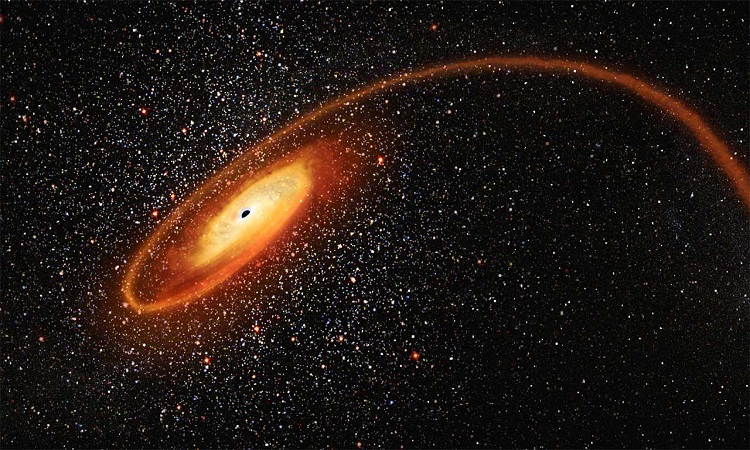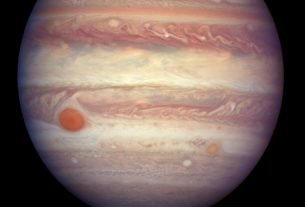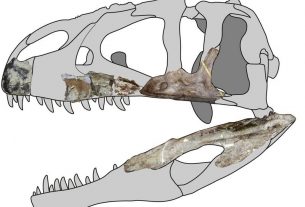A team of astronomers announces that they have located a black hole of intermediate-mass in a distant galaxy, located 740 million light-years away.
There are different types of black holes in the Universe: those of stellar-mass formed by the collapse of a massive star, and supermassive, with masses equivalent to millions or billions of suns. Between these extremes are members more withdrawn from the family of black holes: those of intermediate-mass.
These “missing links” are particularly difficult to find. They are indeed smaller and less active than supermassive because they generally lack cosmic fuel. To find them, the only way is to wait for a star to pass a little too close to be disturbed. The black hole, once again active, can then emit X-rays betraying its presence.
What we learn today from NASA is that the Hubble telescope has managed to unearth one of these particularly elusive objects.
Cosmic investigation
In 2003 and again in 2006, the Chandra (NASA) and XMM-Newton (ESA) observatories detected a powerful X-ray rocket. This type of event is generally a sign that a star is being engulfed by a black hole. Neither of these two telescopes at the time was able to determine whether this radiation came from inside or outside the Milky Way. What they did find, however, was that the X-ray source did not come from the center of a galaxy, where the supermassive black holes usually reside.
In an attempt to solve this cosmic mystery, astronomer Dacheng Lin and his team, from the University of New Hampshire (United States), recently relied on Hubble to try to follow the tracks of Chandra and XMM- Newton. They actually pointed the objective of the telescope at the X-ray source to determine its precise location. They then discovered that it came not from an isolated source in our galaxy, but from a star cluster positioned on the periphery of a galaxy found 740 million light-years away.
50,000 solar masses
For astronomers, this star cluster would actually be the stripped nucleus of an ancient dwarf galaxy which, a very long time ago, would have been absorbed by said (larger) galaxy. Inside, they explain, there would be a black hole that recently had the opportunity to sit at the table. Hence the powerful X-ray rocket observed in 2003 and 2006.
The glow of these rays then allowed astronomers to estimate the mass of the black hole at around 50,000 solar masses. this object is therefore too heavy to be considered a black hole of stellar mass. But it is also too light to qualify as “supermassive”. In other words, it is a black hole of intermediate-mass.
This new discovery obviously raises many questions. How do these objects form in the first place? Does a supermassive black hole develop from an object of intermediate-mass? Should we favor dense star clusters to find them? Lin and his team intend to continue the research to try to answer these questions.




